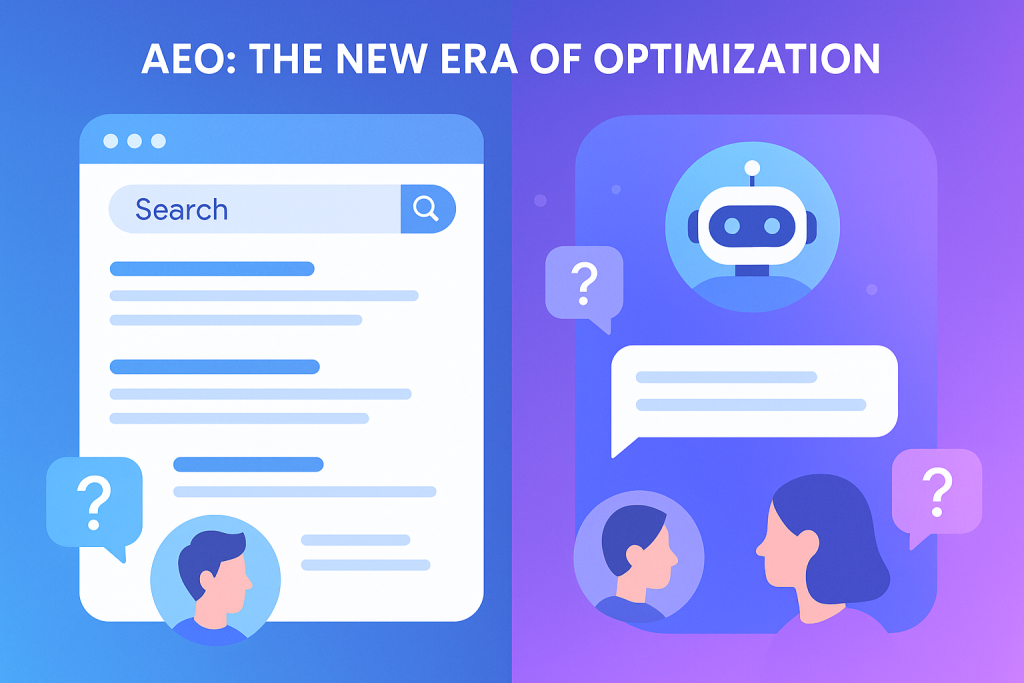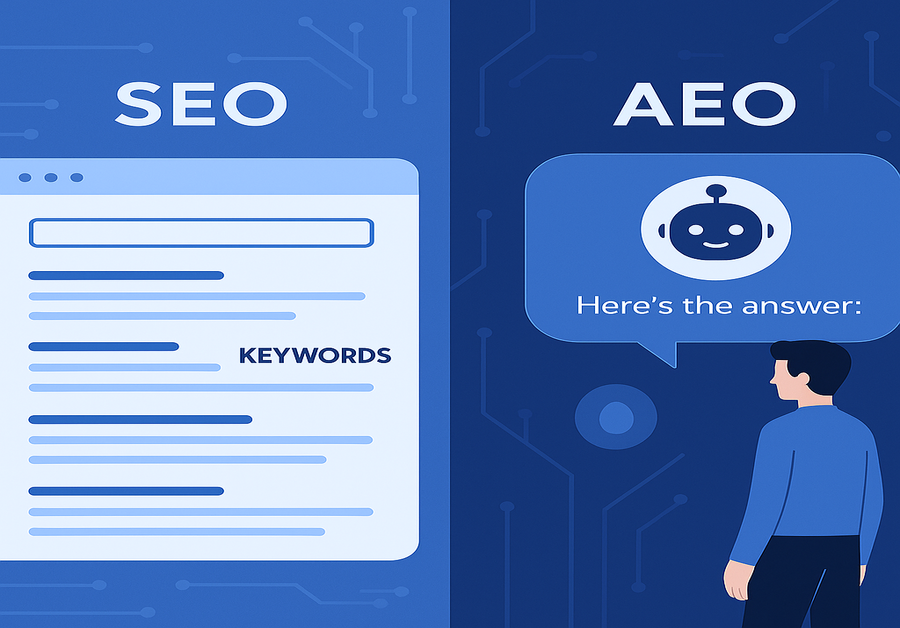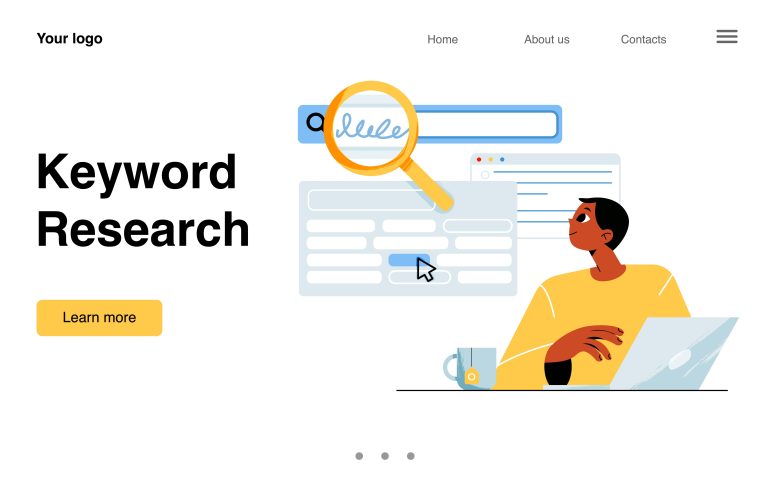What is Answer Engine Optimization(AEO)? How It’s Replacing Traditional SEO?
![]()
The world of digital marketing is evolving, and AEO (Answer Engine Optimization) is now taking the spotlight. SEO isn’t dead, but it’s transforming—and AEO is at the heart of that change. Let’s understand what AEO is, why it matters, and how you can optimize your website for it.
AEO: The New Era of Optimization

AEO stands for Answer Engine Optimization. It is considered an evolved form of SEO, or in some cases, a complete replacement. In simple terms, AEO focuses on providing direct, precise answers to user questions, rather than just offering a list of website links.
Today, users are not just searching on Google—they’re asking questions to AI tools like ChatGPT, Siri, and Alexa. They expect accurate, clear, and naturally worded answers, not just a collection of links. This shift demands that websites become capable of answering user queries immediately and effectively.
If your website is not structured to answer questions, your SEO efforts might not be enough. You need AEO to ensure your site gets featured as a source in AI-generated answers, AI Overviews (like Google’s new feature), and smart assistants.
SEO vs. AEO: What’s the Difference?

SEO (Search Engine Optimization) is about optimizing your website to rank higher on search engine results pages (SERPs) when people type keywords related to your business. It focuses heavily on keywords, backlinks, and technical setup to improve visibility.
AEO, however, is not about ranking alone. It’s about making sure that your content becomes the direct answer to a user’s query, especially when AI tools generate responses. Instead of just showing up in a list, your content becomes part of the conversation.
For example, when someone searches “lawyer fees in Karachi,” they no longer want ten links—they want a clear, immediate answer. If your website delivers that answer clearly, it has a much better chance of being featured by AI engines.
How to Optimize Your Website for AEO?
To make your site AEO-friendly, here are the key steps you need to follow:
1. Answer Common User Questions
First, perform keyword research focused on conversational keywords and question-based searches. Identify what your audience is asking and create high-quality content that directly answers those questions. You can add this through blogs, FAQ sections, or even a separate content hub.
2. Implement Schema Markup
Use structured data like FAQ schema, How-To schema, and other types of schema markups. Schema helps search engines and AI crawlers digest your content better, making it easier for them to pull your website into answer boxes and AI-generated summaries.
3. Focus on E-E-A-T
When creating content, always keep E-E-A-T in mind:
- Experience
- Expertise
- Authoritativeness
- Trustworthiness
Google and AI systems prioritize content that reflects real-world experience and credibility. It’s not enough to publish generic or AI-generated articles—you need professional-level, expert-driven content that feels personal and trustworthy.
4. Avoid Relying Only on AI Content
Publishing only AI-generated content won’t build trust or long-term value. Instead, work with subject matter experts to create insightful, experience-backed content. Include personal stories, data, and unique insights whenever possible.
To stay ahead in search rankings, make sure you’re aware of these 5 game-changing SEO trends in 2025.
Final Thoughts
The digital landscape is changing fast. To stay competitive, websites must move beyond traditional SEO tactics and embrace AEO strategies. Start by understanding what your audience truly needs—clear, reliable answers—and structure your content to serve those needs directly.
Focus on user intent, optimize your content for AI engines, and make your website the first choice when it comes to providing answers.







